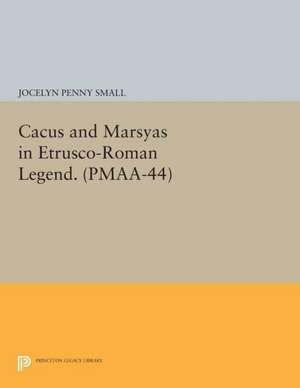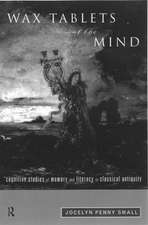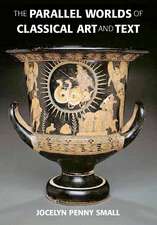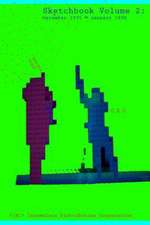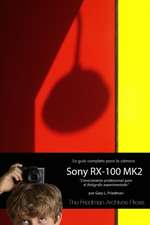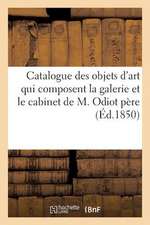Cacus and Marsyas in Etrusco–Roman Legend. (PMAA–44), Volume 44: Princeton Monographs in Art and Archeology
Autor Jocelyn Penny Smallen Limba Engleză Paperback – 30 iun 2014
| Toate formatele și edițiile | Preț | Express |
|---|---|---|
| Paperback (1) | 294.34 lei 6-8 săpt. | |
| Princeton University Press – 30 iun 2014 | 294.34 lei 6-8 săpt. | |
| Hardback (1) | 564.48 lei 6-8 săpt. | |
| Princeton University Press – 18 apr 2016 | 564.48 lei 6-8 săpt. |
Preț: 294.34 lei
Nou
Puncte Express: 442
Preț estimativ în valută:
56.32€ • 58.81$ • 46.51£
56.32€ • 58.81$ • 46.51£
Carte tipărită la comandă
Livrare economică 15-29 aprilie
Preluare comenzi: 021 569.72.76
Specificații
ISBN-13: 9780691614694
ISBN-10: 0691614695
Pagini: 208
Ilustrații: black & white illustrations
Dimensiuni: 212 x 276 x 12 mm
Greutate: 0.49 kg
Editura: Princeton University Press
Seria Princeton Monographs in Art and Archeology
ISBN-10: 0691614695
Pagini: 208
Ilustrații: black & white illustrations
Dimensiuni: 212 x 276 x 12 mm
Greutate: 0.49 kg
Editura: Princeton University Press
Seria Princeton Monographs in Art and Archeology
Descriere
Descriere de la o altă ediție sau format:
This book discusses how Greek and South Italian vase paintings of the musical contest between Apollo and Marsyas became the model for Etruscan representations of Cacus ambushed by the Vibennae brothers, two Etruscan heroes of the sixth century B.C. The study demonstrates that the Etruscans knowingly adapted Greek iconographic forms to represent the
This book discusses how Greek and South Italian vase paintings of the musical contest between Apollo and Marsyas became the model for Etruscan representations of Cacus ambushed by the Vibennae brothers, two Etruscan heroes of the sixth century B.C. The study demonstrates that the Etruscans knowingly adapted Greek iconographic forms to represent the
